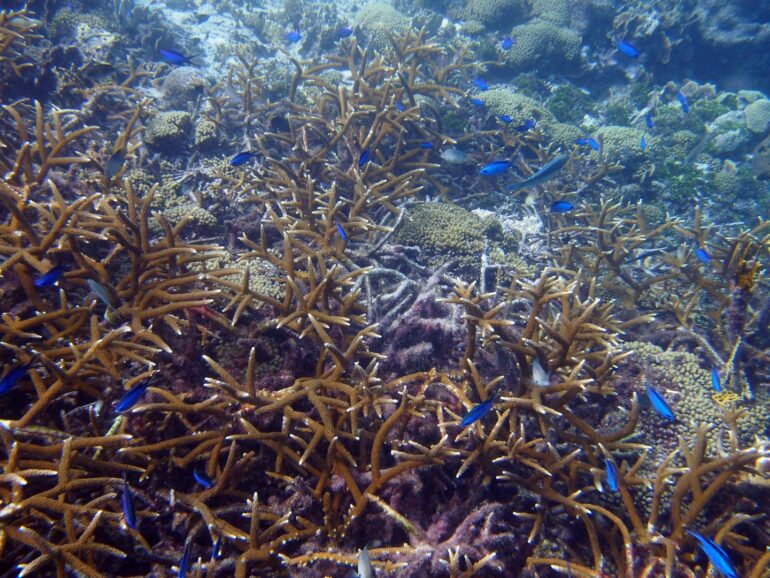A newly developed genotyping “chip” allows researchers to genetically identify corals and the symbiotic algae that live within the coral’s cells. This new tool is a vital step for establishing and maintaining genetic diversity in reef restoration efforts.
A paper describing the new chip appears in the journal Scientific Reports.
“Corals around the world are endangered due to warming oceans,” said Iliana Baums, professor of biology at Penn State and leader of the research team. “We designed this genotyping chip to help restoration and conservation efforts. There is very little overhead needed to use the chip, so small restoration operations can access coral genetic identification to help them maximize reef health by ensuring coral populations are genetically diverse.”
The chip, also called a microarray, uses more than 30,000 single nucleotide polymorphisms (SNPs) — locations in the coral genome where at each of the locations a single letter in the DNA alphabet can vary among different corals in the Acroporid family. The Acroporid family of corals contains the largest number of different species of any coral family and are common in the Caribbean Sea and the Pacific Ocean. The chip was designed using Caribbean corals but can also be used to analyze Pacific species and allows researchers to identify the symbiotic algae that reside in the coral cells.
Corals can reproduce asexually by fragmentation, so Caribbean reefs are often dominated by corals that all can be traced back to a single origin and are therefore genetically nearly identical — researchers refer to these related corals as a “genet.” The chip is sensitive enough to allow researchers to reliably distinguish members of different genets within the same coral species.
“One way to increase genetic diversity in a reef is to make sure it is built by individuals of more than one genet,” said Baums. “Because all of the corals on a reef could be members of the same genet, it is vital to have a reliable way to identify them and our chip provides this to researchers in the field.” [Eureka Alert]



